Peleg, M., Nativ, O., & Richter, E. D. (2018). Radio frequency radiation-related cancer: assessing causation in
the occupational/military setting. Environmental research, 163, 123-133.
Philips, A.. Henshaw, D., L Lamburn, G. & M. O'Carroll, (2018). Brain tumours: rise in Glioblastoma
Multiforme incidence in England 1995–2015 suggests an adverse environmental or lifestyle factor,
Journal of Environmental and Public Health, vol. 2018, Article ID 7910754.
Pockett, S. (2019). Conflicts of Interest and Misleading Statements in Official Reports about the Health
Consequences of Radiofrequency Radiation and Some New Measurements of Exposure Levels.
Magnetochemistry, 5(2), 31.
Russell, C. L. (2018). 5 G wireless telecommunications expansion: Public health and environmental
implications. Environmental research, 165, 484-495.
Santini, R.; Santini, P.; LeRuz, P.; Danze, J.M.; Seigne, M. Survey study of people living in the vicinity of
cellular phone base stations. Electromagn. Biol. Med. 2003, 22, 41–49.
Sharma, A., Kesari, K. K., Verma, H. N., & Sisodia, R. (2017). Neurophysiological and behavioral
dysfunctions after electromagnetic field exposure: a dose response relationship. In Perspectives in
Environmental Toxicology (pp. 1-30). Springer, Cham.
Simkó, M., & Mattsson, M. O. (2019). 5G Wireless Communication and Health Effects—A Pragmatic
Review Based on Available Studies Regarding 6 to 100 GHz. International journal of environmental
research and public health, 16(18), 3406.
Smith‐Roe, S.L., Wyde, M.E., Stout, M.D., Winters, J.W., Hobbs, C.A., Shepard, K.G., Green, A.S., Kissling,
G.E., Shockley, K.R., Tice, R.R., Bucher, J.R., Witt, K.L. (2020). Evaluation of the genotoxicity of cell
phone radiofrequency radiation in male and female rats and mice following subchronic exposure. Environ
Molec Mutagen 61, 276–290.
Sobel E, Davanipour Z, Sulkava R, et al. (1995). Occupations with exposure to EMFs: a possible link for
Alzheimer's disease. Amer J Epidemiol, 142, 515-524.
Starkey, S. J. (2016). Inaccurate official assessment of radiofrequency safety by the Advisory Group on Non-
ionising Radiation. Reviews on environmental health, 31(4), 493-503.
Stefi, A. L., Margaritis, L. H., Skouroliakou, A. S., & Vassilacopoulou, D. (2019). Mobile phone
electromagnetic radiation affects Amyloid Precursor Protein and α-synuclein metabolism in SH-SY5Y
cells. Pathophysiology. 26(3-4):203-212.
Vieira RT, Caixeta L, Machado S, Silva AC, Nardi AE, Arias-Carrión O, Carta MG. (2013). Epidemiology of
early-onset dementia: a review of the literature. Clin Pract Epidemiol Ment Health 9. 88-95. doi:
10.2174/1745017901309010088.
Virostko, J., Capasso, A., Yankeelov, T. E., & Goodgame, B. (2019). Recent trends in the age at diagnosis of
colorectal cancer in the US National Cancer Data Base, 2004‐2015. Cancer.
Vuik, F. E., Nieuwenburg, S. A., Bardou, M., Lansdorp-Vogelaar, I., Dinis-Ribeiro, M., Bento, M. J., … &
Suchanek, S. (2019). Increasing incidence of colorectal cancer in young adults in Europe over the last 25
years. Gut, gutjnl-2018.
Wang, X., Chen, Y., Yao, L., Zhou, Q., Wu, Q., Estill, J., … & Norris, S. L. (2018). Reporting of declarations
and conflicts of interest in WHO guidelines can be further improved. Journal of clinical epidemiology, 98,
1-8.
West, J. G., Kapoor, N. S., Liao, S. Y., Chen, J. W., Bailey, L., & Nagourney, R. A. (2013). Multifocal breast
cancer in young women with prolonged contact between their breasts and their cellular phones. Case
reports in medicine, 2013: https://doi.org/10.1155/2013/354682.
Withrow, D. R., de Gonzalez, A. B., Lam, C. J., Warren, K. E., & Shiels, M. S. (2018). Trends in pediatric
central nervous system tumor incidence in the United States, 1998-2013. Cancer Epidemiology and
Prevention Biomarkers, cebp-0784.
Yakymenko, I., Tsybulin, O., Sidorik, E., Henshel, D., Kyrylenko, O., & Kyrylenko, S. (2016). Oxidative
mechanisms of biological activity of low-intensity radiofrequency radiation. Electromagnetic biology and
medicine, 35(2), 186-202.
Zalyubovskaya K.P. (1977). Biological Effects of Millimeter Wavelengths. Kharkov Research Institute of
Microbiology. (CIA Declassified).
Zhadobov, M., Chahat, N., Sauleau, R., Le Quement, C., & Le Drean, Y. (2011). Millimeter-wave interactions
with the human body: state of knowledge and recent advances. International Journal of Microwave and
Wireless Technologies, 3(2), 237-247.


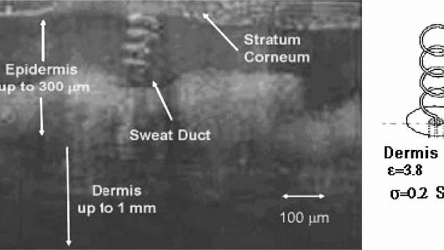
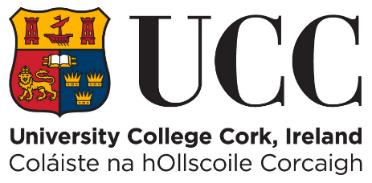
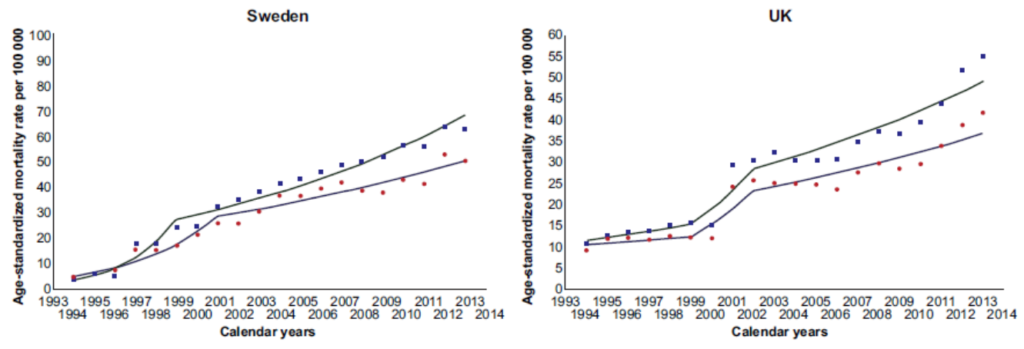



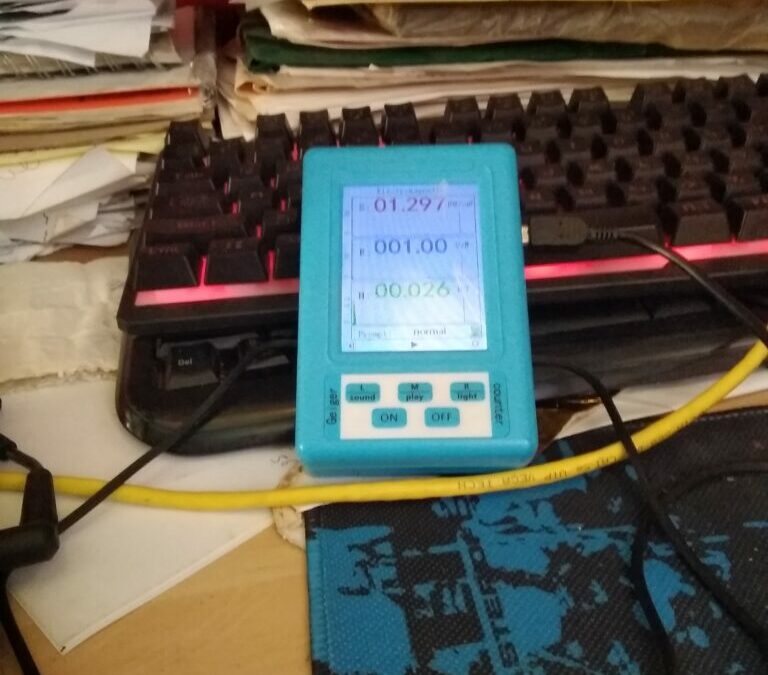
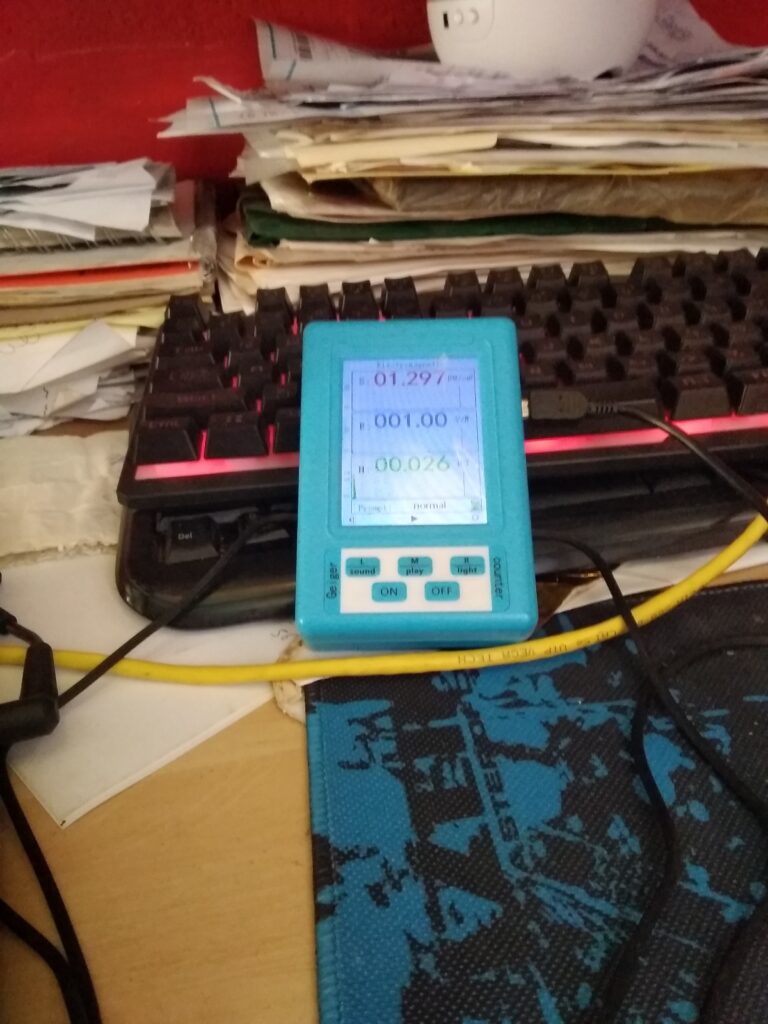


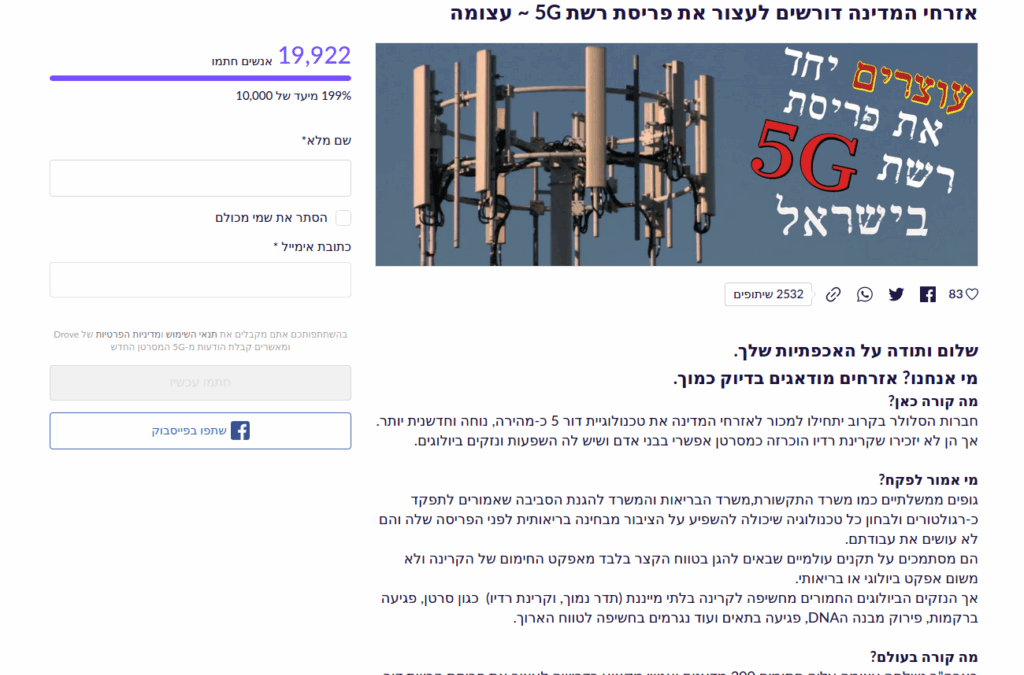
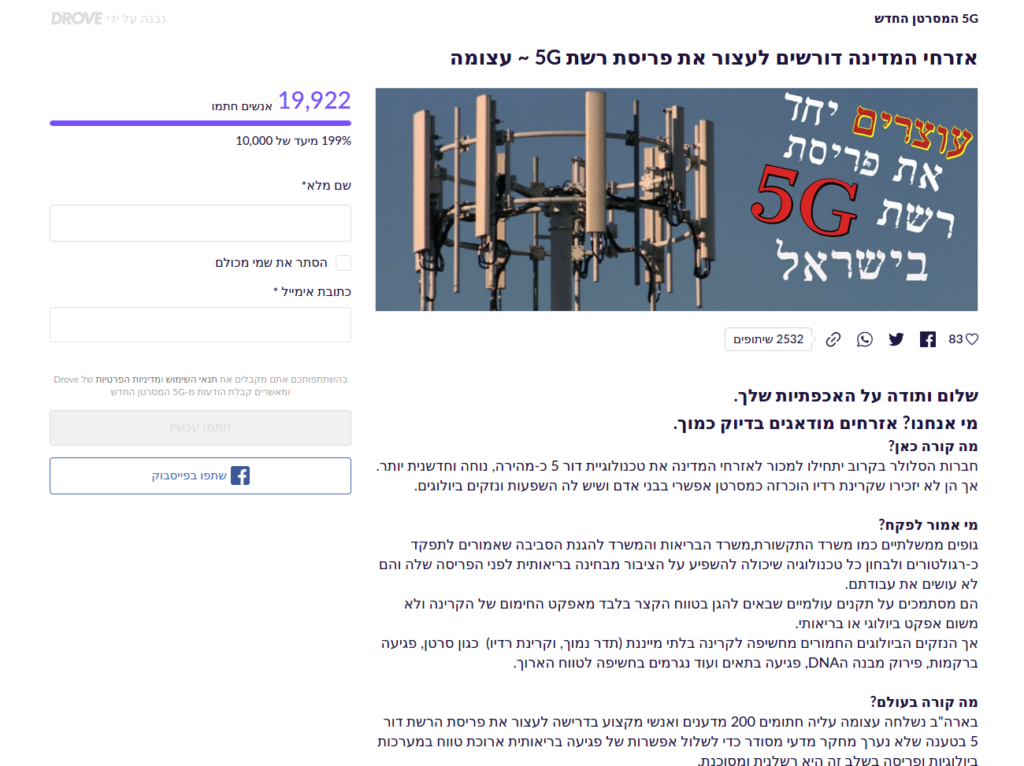
תגובות אחרונות